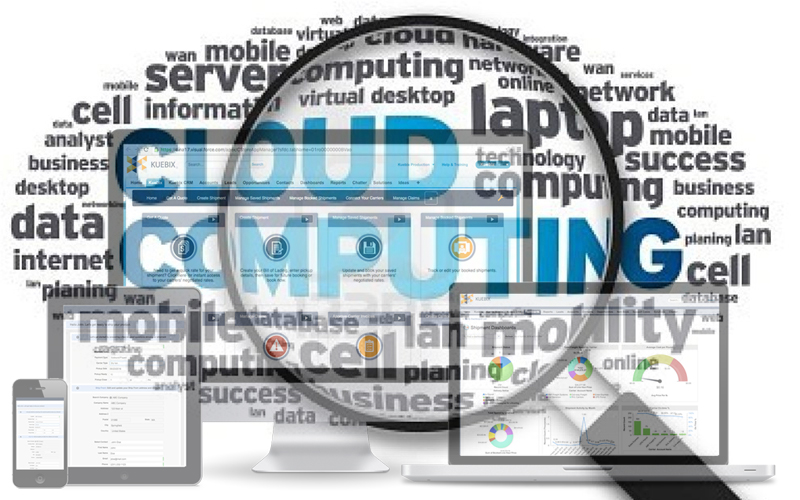When it came to understanding what an early Transportation Management System (TMS) could do for shippers, it was a classic example of the saying “You don’t know what you don’t know.”
Buried in paper, faxing, emails and phone calls only to have skilled staff manually enter order data into Excel spreadsheets, shipping managers at small and midsize businesses had no idea what cost-cutting and revenue generation opportunities they were missing.
These logistics professionals, however, became painfully aware of problems with this approach when mistakes were made, deliveries were delayed, costs were added and actual shipping limped along at a snail’s pace. Even worse, freight costs were climbing.
Logistics Professionals Not Happy
Shippers had no means to apply their logistics and supply chain skills. AR and AP were calling in with problems.
Customers experienced a lack of consistency with some deliveries. And those seeking the status of their shipments faced long waits or went without.
Updates were available in unreal time.
All this sounds like a scary movie, with shippers lacking visibility into and control of their supply chains, but it was real life before small and midsize business (SMB) had any technology-driven systems to help shoulder the freight shipping load.
It’s tough to solve a pressing problem without a solution.
Is Bigger Better?
While SMBs struggled mightily with daily shipping operations, logistics managers at some of the world’s large corporations were beginning to implement something called a TMS.
Back then, what passed for a transportation management system was essentially an on-site hardware platform with software.
The TMS was pricey, to say the least, took forever to implement and needed staff on hand to handle its care and feeding, which included installing seemingly endless software upgrades and scrambling to react in the event of an emergency at the location at which it resided. (Single point of failure).
And having spent megabucks on the TMS and committed to a multi-year contract for the onsite system, came almost unimaginable pressure from C-level execs to start showing a ROI, after the big-box-and-software system finally went live.
Back to the Past
I don’t have any issues with early TMSes whatsoever, especially as I was in the freight shipping business during this era.
The options were seriously limited and were limited to the large corporations willing to spend and commit big to one of these on-prem box systems.
Remember, it was the onsite approach or no approach at all. Everything was on site without viable hosted options way back then. Phone systems, mainframes, data centers, storage, servers and all software were at the company site.
And all these key IT infrastructures and processing elements require administration, management, monitoring, and oversight.
Ask around to see who remembers long-distance calls, wired phone systems or life before 'real' working from home. And you thought VCRs flashing 12:00 were funny.
The Road Ahead
All the while, a new era of computing was dawning that would give rise to the broader application of advanced technology that would set the stage for the early days of freight intelligence and TMS options that more companies and their overworked logistics departments could begin to consider for their shipping needs.
Everyone wants to get their hands on advanced new tech products and services, but only a subset can afford it.
Editors Note: This is the first in a three-part series set in the late 1990s. Next week I will continue the freight shipping story forward toward more modern-day technology approaches that gave rise to TMS solutions and alternatives for a broader base of businesses.
Part I Transport Management Systems for Everyone? Existence in the Shippers Slow Lane
Part II Transportation Management System Options Proliferate, But Not for All
Part III The Future of Freight: Why We Launched a Free Transportation Management System
Related Resources
The Complete Buyer’s Guide to Transportation Management Systems
There is almost no limit to how a Transportation Management System can benefit your unique supply chain, but the key to success is finding the right one for your goals, so, before selecting a TMS, use the 12 questions in this buyer’s guide to find the best solution for your company. Download Now!
Effectively Managing Big Data in Your Supply Chain
In this white paper, we’ll explain what the term “big data” means to the typical supply chain, introduce effective strategies for managing and leveraging that data, show how one grocer is using predictive analytics to harness its own big data, and explain the “first steps” that companies need to take down the path to effective management of their big data. Download Now!
More Resources from Kuebix
Article topics
Email Sign Up





















